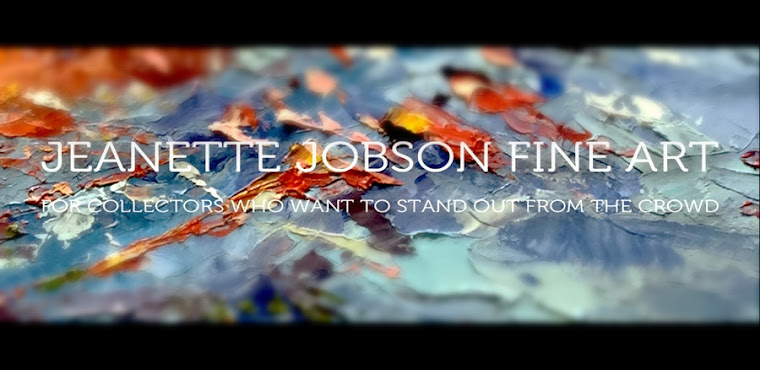Rock Harbour
12" x 36" oil on canvas
The exquisite detail that is heaped on a focal point can tend to drift away when a vast background is staring back at us. There is a tendency to not pay as much attention to those parts that don't excite as much. And yes, some areas can be a bit tedious, but they are equally as important as the main subject. It's instantly apparent in some paintings where boredom set and where over attention was given to a focal object. Its like seeing two paintings in one that are competing with each other.
What's the solution for disenchantment?
- Eat the biggest frog first. Everything else after that is easy. Tackle the largest surface area first and work your way down to the part you enjoy painting most. Human nature gravitates towards the thing that provides the most pleasure and avoidance of what does not. Its not always easy to create this way, as a painting that is built as a whole is easier to produce than one that is in sections. But, if your frog is big and ugly, you'd better start by eating that one first.
- Perserverance. Equal attention must be given to all areas so that they become a cohesive unit. While your left brain starts the argument with your right brain for abandoning what is perceived as not as interesting, its important to tune out that argument and concentrate on what is in front of you.
- Observation. When we aren't as interested in something, we skim over detail. We miss the subtle colours and nuances of values. We don't visualize the whole image, only the part we like most. In doing so, we dilute the impact of the painting.
- Never Settle for Good Enough. How many times have I seen the "good enough" paintings?? You know the ones. The subject is refined in detail but the background is weak and insipid. The artist has lost interest in building the elements and at some point, usually when boredom sets in, says "That's good enough. But is it? Good enough for that moment in time, but never good enough for public display or a sale. And inside the artist's head, they know it isn't good enough. Not for them. Not for anyone. There is always a finish line in a painting. Make sure you cross that line and don't let mediocre work be presented to the world.
- Rewards. When working on a section that doesn't thrill, its good to flit back and forth between it and the main subject, adding detail, tweaking, comparing. It gives your brain a reward. "Yes, I can work on what I like for a while." You do need the discipline to return to the frog again however.



2 comments:
it's amazing
info bagus
Post a Comment